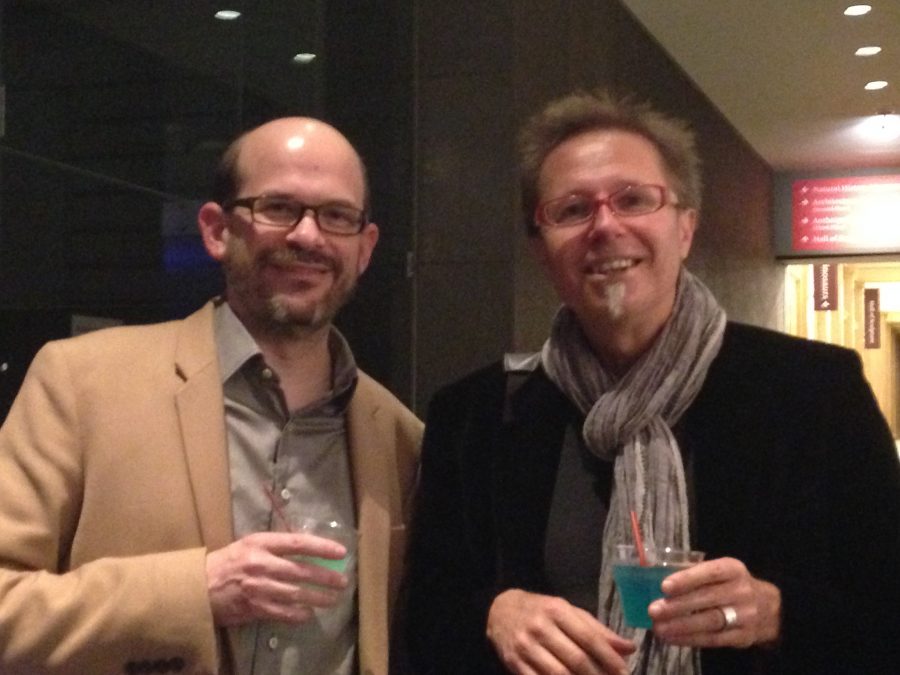The Carnegie Museum of Art hosted the world premiere of the final installment of a five part of film series titled “The Invisible Photograph: Subatomic,” a Hillman Library Initiative.
The event was originally scheduled to be held in the Carnegie Art Theatre in the Museum of Art, but was later moved to the Carnegie Lecture Hall after more tickets sold than anticipated to. In addition to screening this 25 minute long film, there was a panel discussion with the creative director of the film series Arthur Ou, European Organization for Nuclear Research (CERN) mechanical engineer and Artistic Director of CineGlobe Film Festival Neal Hartman, and particle physicist Dr. Michael Doser.
In this final installment, Ou went to the laboratory located near Geneva, Switzerland to explore how ATLAS, a digital camera the size of Notre Dame, was used to aid in the discovery of the Higgs Boson. The film crew was also given access to the Anti-Proton Deceleration hall where traditional photographic emulsion is used to find what happens to an antihydrogen atom, the anti-matter version of a regular hydrogen atom, when it comes into contact with matter. The emulsion is used to track what happens immediately after the impact, since this form of photography will not work in the perfect vacuum conditions that exist where the particles are colliding.
It is this aspect of this experiment that fit with the film series. It is impossible to get images of the particles colliding; the imagery must be done indirectly. Using the information gathered from the emulsion, scientists are then able to construct a three-dimensional model of what happens using a computer. They then use this information to infer what is occurring directly prior to the imaging process.
Throughout the film, the photography taken by the film crew is inserted to give the audience an idea of what images are being produced. The juxtaposition of these images, artistic renderings of science intermixed with shots of the CERN campus and laboratories, touches on the films overarching theme: that science and art collide often.
This message was echoed during the panel discussion after the film. A member of the audience asked Hartman and Doser how art had affected their careers, they had two different answers.
“It used to hold no role in my life. I only realized later that it played an influence,” answered Doser. “Before art, I had a clear goal in mind and set out to achieve it. Once I got involved more with the arts, I started to meander around on the path, discover meadows and interesting flowers. I learned that you learn more by taking the longer path, and that it isn’t really about the goal at all.”
Immediately following the panel discussion was a reception where the audience was able to meet Ou, Hartman, and Doser, as well as many others who contributed to the project. Doser and Hartman in particular were quickly surrounded by admirers of their projects.
“Where else can a particle physicist and a mechanical engineer get treated like rock stars?” said one participant during the event.
The entire affair was a reflection of the film project itself. Scientists and artists alike mingled in the reception space at the Carnegie Museum of Art to discuss how art and science are not mutually exclusive. Even the act of filming the campus is taking science and portraying it in an artistic manner.
Not only does the film alternate between images gathered by the experiments but it also includes photographs that employ a variety of photography techniques to create. What resulted was an art film that managed to portray the beauty of science that often gets hidden behind the veil of math.
All five films of the “Invisible Photography” project can be watched on the Hillman Photography Initiative website.


